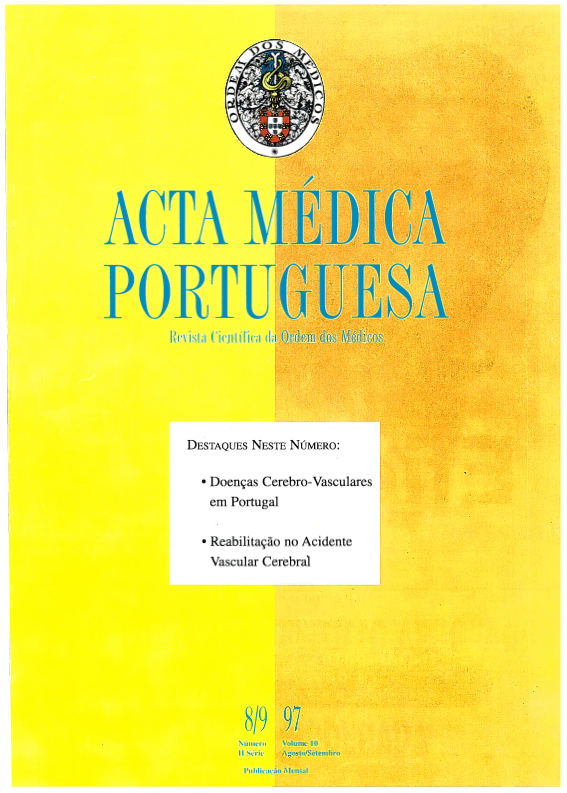Therapeutic strategies in epilepsy.
DOI:
https://doi.org/10.20344/amp.2461Abstract
With the advances in the so-called classic antiepileptic drugs (AED)--carbamazepine, phenobarbital, phenytoin and valproate--monotherapy has become the most popular strategy for the treatment of epilepsies, based on their unquestionable clinical efficacy and on frequent drug interactions and teratogenesis caused by polypharmacy. The choice of an AED should be ruled by its efficacy against a given seizure type; by its toxicity, either acute, dose-related or idiosyncratic, or chronic, due to the length of therapy or AED dosage; by its capacity to interact with other drugs, either AEDs or not, mainly through pharmacokinetic interactions, leading to fluctuation in the plasma concentration of the target drug and hence decreased in their efficacy; by its potential cognitive and behavioural side effects; by its teratogenesis which is common to all AEDs; by its cost. Despite their efficacy, about 35% of the patients are inadequately treated with monotherapy, partial, symptomatic or associated to encephalopathy being the most frequent of their seizures. For this particular group, the association of two AEDs could play an important role. The increasing knowledge of the mechanisms of the new generation of AEDs, such as vigabatrin and lamotrigine, and their favourable pharmacokinetic and pharmacodynamic profiles, rise to the new concept of rational polytherapy which allows an additive or supra-additive therapeutic efficacy, a limited toxicity, a decrease in drug interactions and an increased compliance. Although monotherapy should continue to be the choice therapy for epilepsies, this concept could be a reasonable and early option in the treatment of some refractory epilepsies.Downloads
Downloads
How to Cite
Issue
Section
License
All the articles published in the AMP are open access and comply with the requirements of funding agencies or academic institutions. The AMP is governed by the terms of the Creative Commons ‘Attribution – Non-Commercial Use - (CC-BY-NC)’ license, regarding the use by third parties.
It is the author’s responsibility to obtain approval for the reproduction of figures, tables, etc. from other publications.
Upon acceptance of an article for publication, the authors will be asked to complete the ICMJE “Copyright Liability and Copyright Sharing Statement “(http://www.actamedicaportuguesa.com/info/AMP-NormasPublicacao.pdf) and the “Declaration of Potential Conflicts of Interest” (http:// www.icmje.org/conflicts-of-interest). An e-mail will be sent to the corresponding author to acknowledge receipt of the manuscript.
After publication, the authors are authorised to make their articles available in repositories of their institutions of origin, as long as they always mention where they were published and according to the Creative Commons license.









